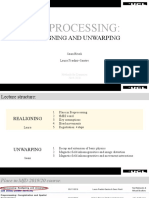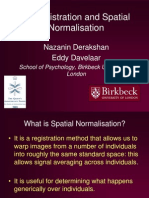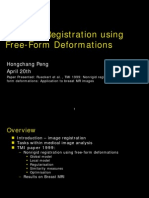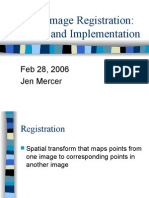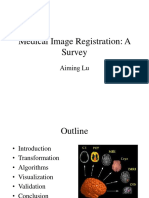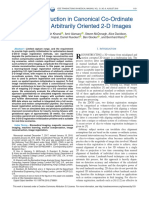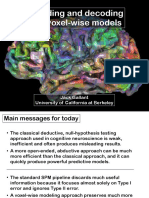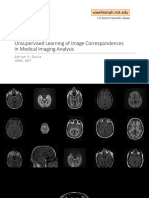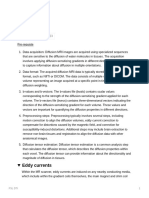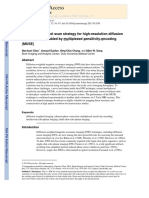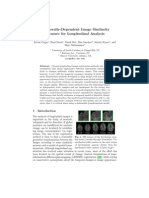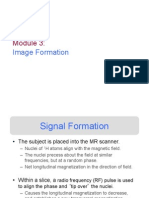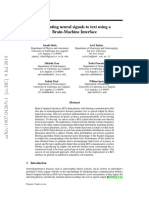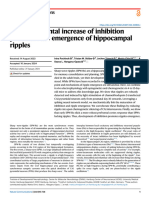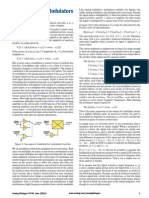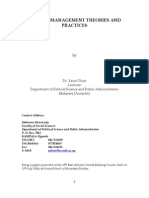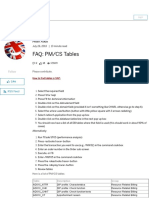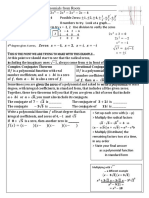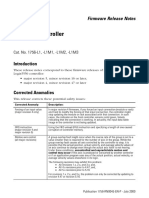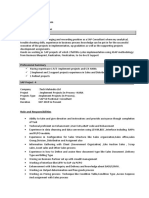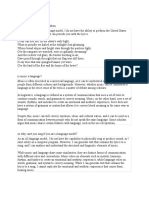0% found this document useful (0 votes)
45 views34 pagesIntro fMRI 2010 01 Preprocessing
fMRI Basics: Spatial pre-processing
This document provides an overview of common spatial pre-processing steps for fMRI data including realignment to correct for head movement, normalization to standard space, and coregistration of functional data to anatomical scans. It describes the different types of scans collected, such as T1-weighted MPRAGE scans and EPI scans, and discusses converting data formats and performing initial diagnostics to check for artifacts.
Uploaded by
Asif RazaCopyright
© © All Rights Reserved
We take content rights seriously. If you suspect this is your content, claim it here.
Available Formats
Download as PDF, TXT or read online on Scribd
0% found this document useful (0 votes)
45 views34 pagesIntro fMRI 2010 01 Preprocessing
fMRI Basics: Spatial pre-processing
This document provides an overview of common spatial pre-processing steps for fMRI data including realignment to correct for head movement, normalization to standard space, and coregistration of functional data to anatomical scans. It describes the different types of scans collected, such as T1-weighted MPRAGE scans and EPI scans, and discusses converting data formats and performing initial diagnostics to check for artifacts.
Uploaded by
Asif RazaCopyright
© © All Rights Reserved
We take content rights seriously. If you suspect this is your content, claim it here.
Available Formats
Download as PDF, TXT or read online on Scribd
/ 34

